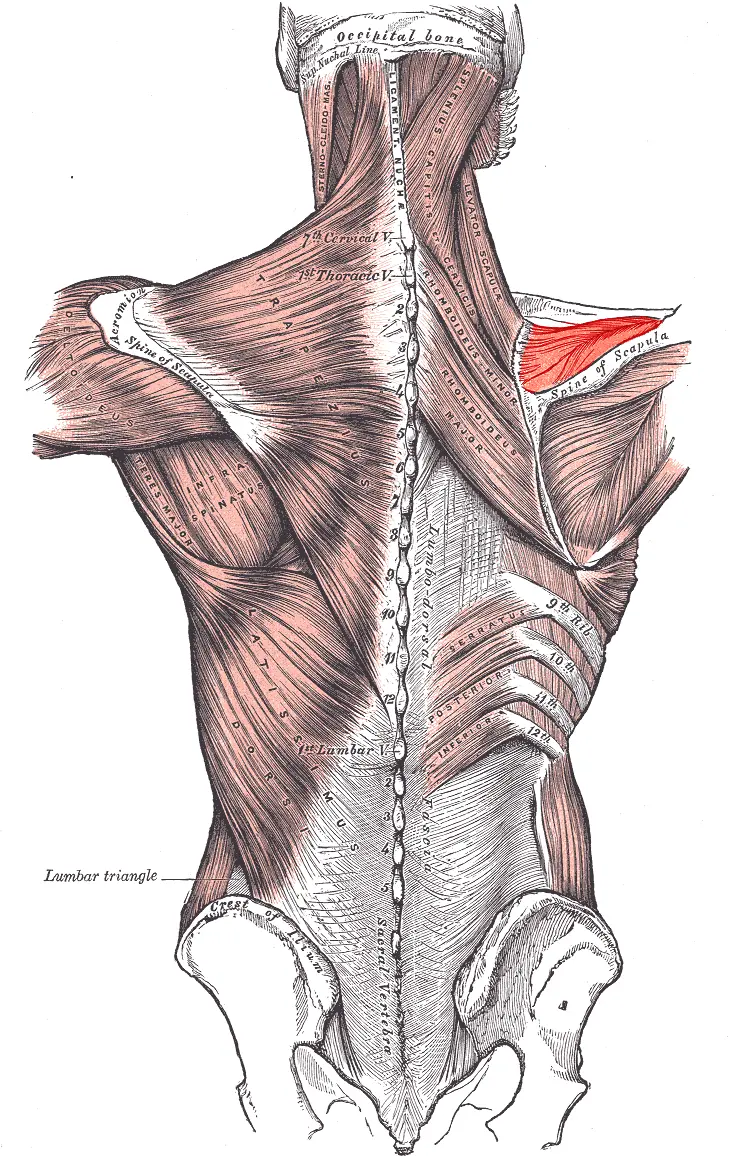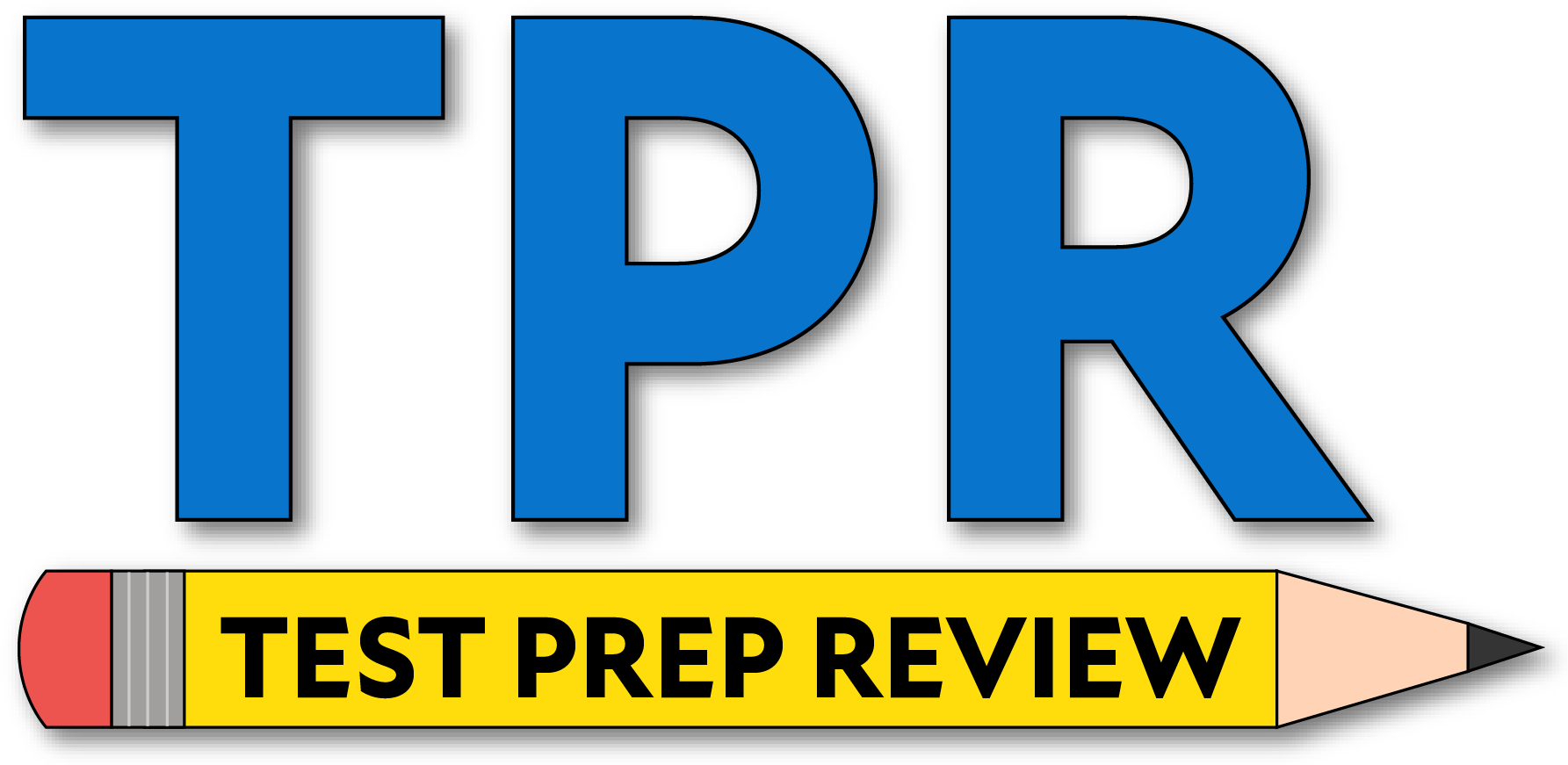- Which of the following identifies the layer of connective tissue enveloping a single muscle fiber?
- Endomysium
- Perimysium
- Epimysium
- Myometrium
Skeletal muscle is organized in a “bundle within a bundle” structure. The endomysium is the delicate connective tissue sheath that surrounds each individual muscle fiber (cell).
- Which of the following is the first phase of periodization training?
- Power phase
- Hypertrophy phase
- Strength phase
- Plan phase
In a classic linear periodization model, the first phase is typically the hypertrophy/endurance phase. This phase focuses on building a foundation by increasing muscle mass (hypertrophy) and muscular endurance, usually with higher volume and lower intensity.
- Which of the following lever classes has the fulcrum at one end and the effort applied between the fulcrum and the load?
- Class I
- Class II
- Class III
- Class IV
Levers are classified by the relative positions of the fulcrum (pivot), load (resistance), and effort (force).
- Class I: The fulcrum is between the load and effort.
- Class II: The load is between the fulcrum and effort.
- Class III: The effort is between the fulcrum and the load.
- A single myosin molecule, which makes up the thick filaments, is known for having how many “heads”?
- 2
- 3
- 4
- 6
Each individual myosin molecule, which links together to form the thick filaments, is a protein complex. It is a dimer (composed of two heavy chains) that forms a long tail region and two globular “heads.” These two heads are the parts that bind to actin to form cross-bridges, enabling muscle contraction.
- In a myofibril, each myosin can interact with how many actin filaments in cross-section?
- 2
- 3
- 4
- 6
In the A-band’s zone of overlap, the thick (myosin) and thin (actin) filaments are arranged in a precise hexagonal lattice. When viewed in cross-section, each thick myosin filament is surrounded by six thin actin filaments, which it can interact with to form cross-bridges.
- Which of the following is an example of a penniform muscle?
- Transversus abdominis
- Abductor longus
- Supraspinatus
- Biceps brachii
A penniform (or pennate) muscle has fibers that attach obliquely to its tendon, resembling a feather. This arrangement allows for a greater number of fibers to be packed in a given area, resulting in high force production. The supraspinatus is a classic example of a unipennate muscle.

- Which of the following is an example of a hinge joint?
- Elbow
- Shoulder
- Hip
- Atlas and axis
A hinge joint is a synovial joint that allows motion in only one plane, like a door hinge. This motion is typically flexion and extension.
- Which of the following is the correct formula for calculating target heart rate?
- Target heart rate = % intensity × heart rate reserve + resting heart rate
- Target heart rate = % intensity × heart rate reserve – base heart rate + resting heart rate
- Target heart rate = % intensity × heart rate + resting heart rate
- Target heart rate = % intensity × heart rate – resting heart rate
This is the Karvonen formula, a widely used method to determine target heart rate (THR) ranges for exercise. It is considered more accurate than simpler formulas because it accounts for your individual resting heart rate.
- Which of the following is NOT a fitness misconception?
- Excessive sweating means that you are out of shape.
- Drinking water during exercise gives an individual cramps.
- If an individual stops exercising, muscle will turn to fat.
- Working out requires extra energy.
This question asks to identify the one statement that is a fact, not a misconception.
- Choice A is a myth: Fitter individuals often sweat earlier and more efficiently as their body’s cooling system is better conditioned.
- Choice B is a myth: Dehydration, not hydration, is a primary cause of muscle cramps.
- Choice C is a myth: Muscle and fat are two distinct tissue types; one cannot turn into the other. Muscle tissue will atrophy from disuse, while fat tissue may accumulate from a caloric surplus.
- Choice D is a fact: Physical activity increases the body’s metabolic demands and therefore requires extra energy, which is measured in calories.
- Which of the following is NOT a characteristic of using growth hormone?
- Induces precursor cells to differentiate
- Causes secretion of insulin-like growth factor I
- Directly stimulates ATP production
- Stimulates protein synthesis
Growth hormone (GH) has numerous complex metabolic effects, but it does not directly stimulate the production of ATP.
- How many amino acids must be found in your diet and cannot be manufactured by your own body?
- 5
- 7
- 9
- 11
There are 9 essential amino acids that the adult human body cannot synthesize on its own. Because the body cannot make them, they must be obtained from dietary sources.
They are histidine, isoleucine, leucine, lysine, methionine, phenylalanine, threonine, tryptophan, and valine.
- Which of the following is NOT a byproduct of protein breakdown?
- Nitrogen
- Hydrogen
- Uric acid
- Enzymes
When protein is broken down, the amino acids are deaminated. This amino group contains nitrogen and hydrogen. It is toxic and is converted by the liver into urea (or in smaller amounts, uric acid) to be safely excreted by the kidneys.
- Which of the following is NOT a byproduct of overtraining?
- Imbalance between exercise and recovery
- Training exceeds physiological and psychological capacity of individual
- Can have negative effect on strength training
- Always results in injury or illness
Overtraining syndrome is a complex condition defined by an imbalance between exercise and recovery. This state of chronic fatigue and under-recovery negatively affects performance. However, it does not always result in a specific injury or illness.
- Which of the following is NOT true about isometric exercise?
- Capable of increasing muscle strength at specific joint angles
- No corresponding increase at other joint angles
- Always produce spikes in systolic blood pressure
- Could cause life-threatening cardiovascular accident
While high-intensity isometric exercises can produce significant spikes in systolic blood pressure, it’s not true that they always do. The effect is dependent on the intensity of the contraction and the muscle mass involved.

